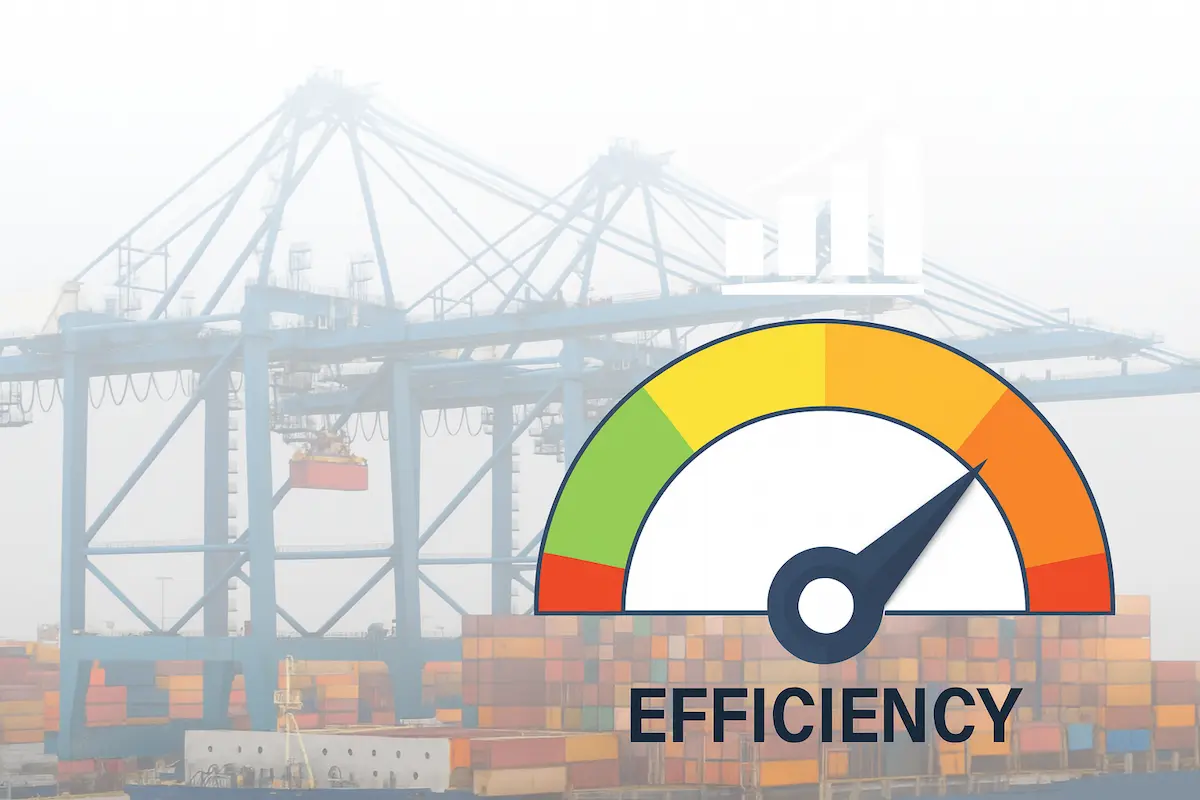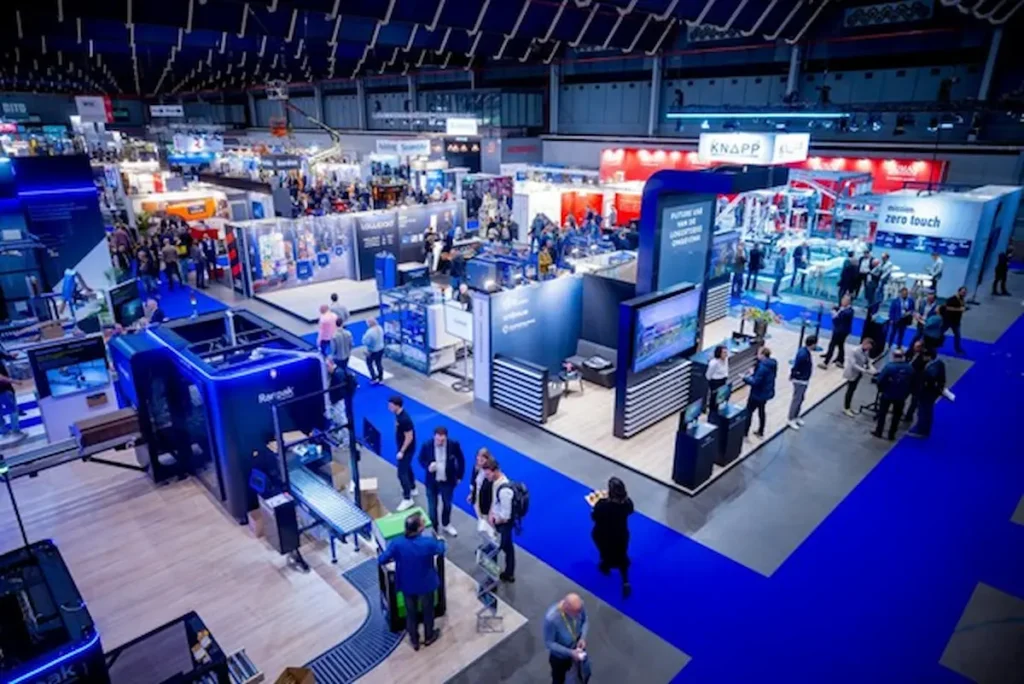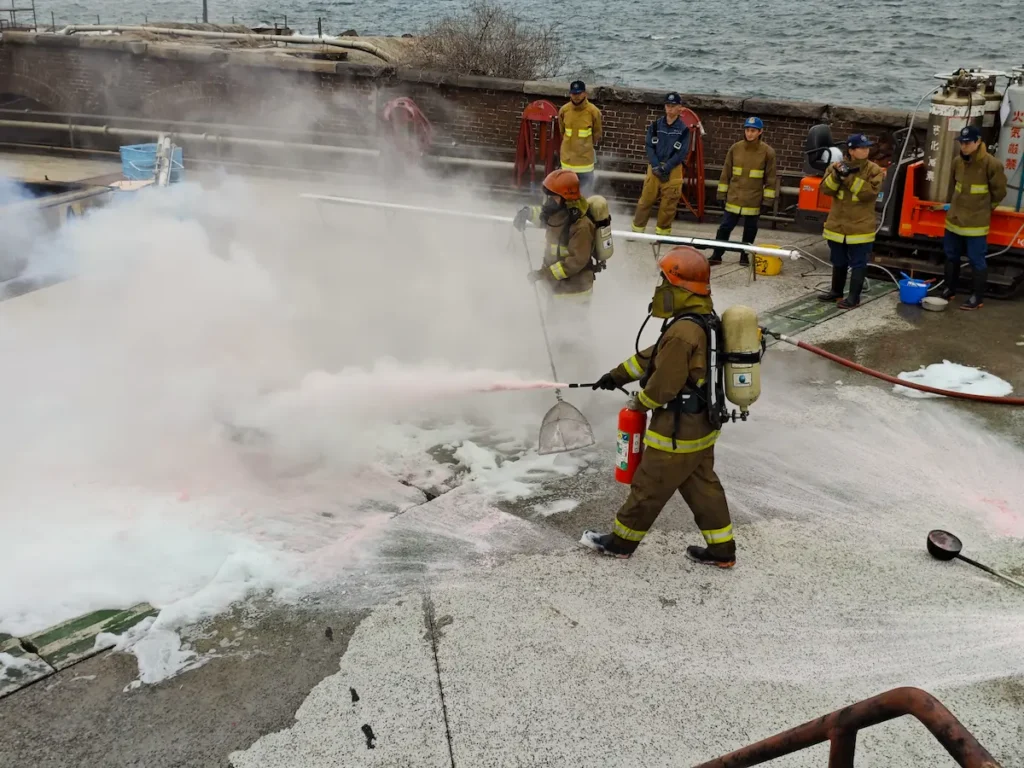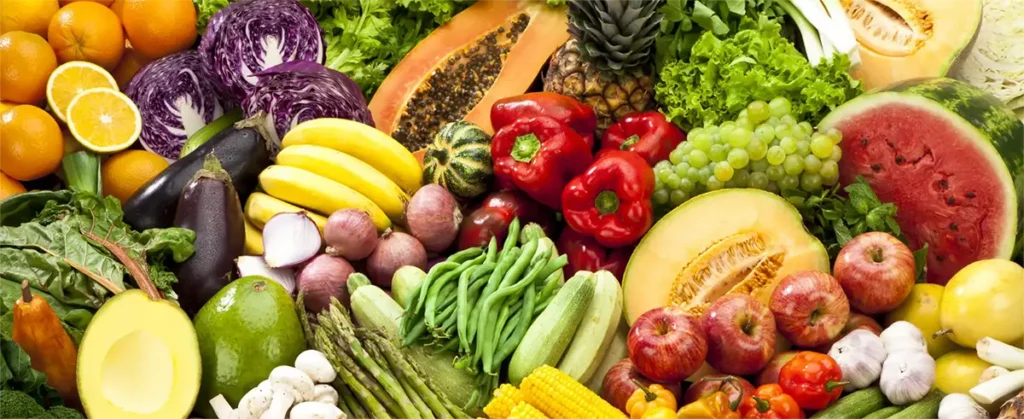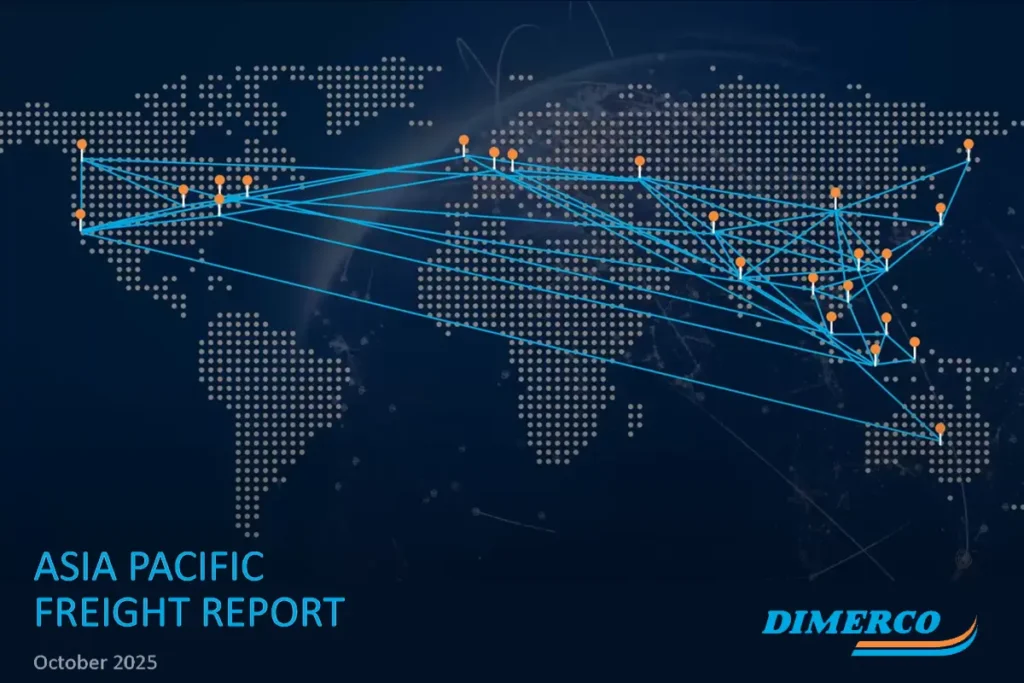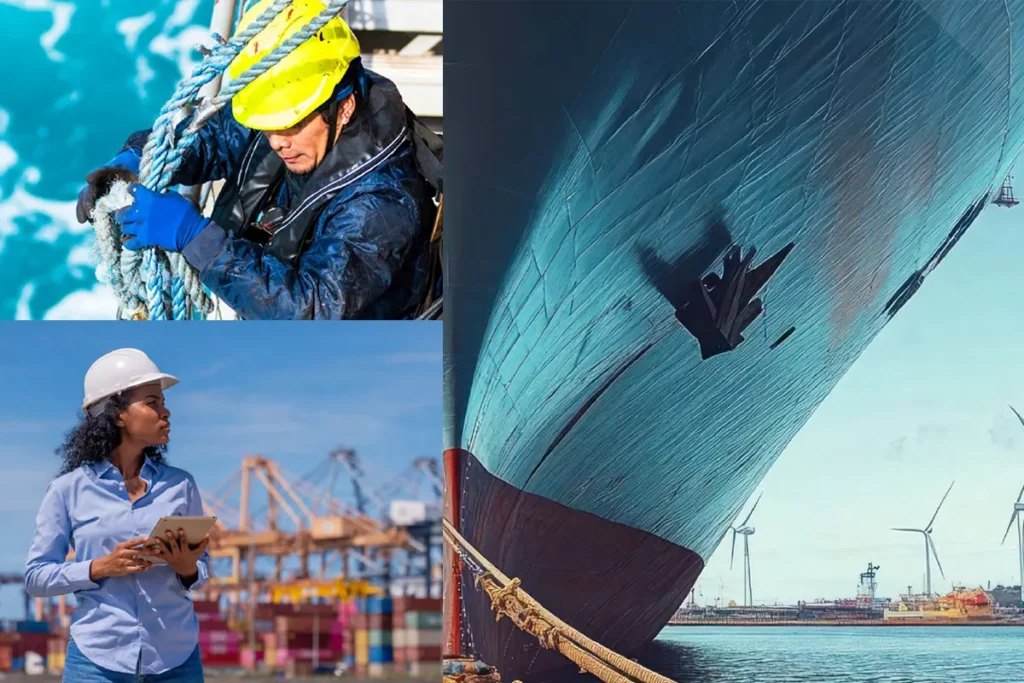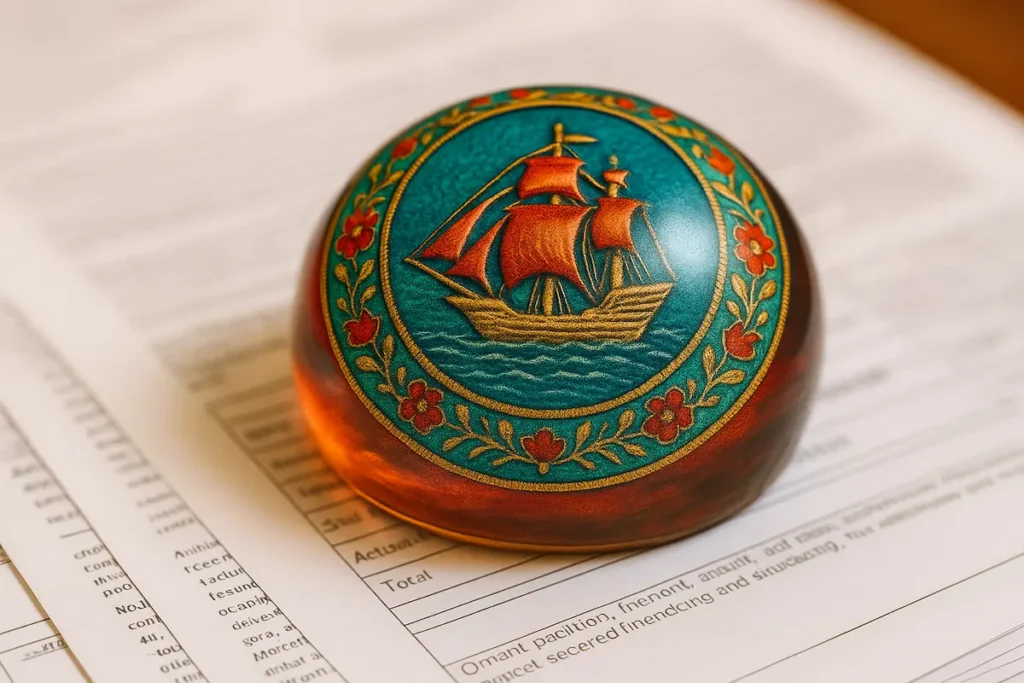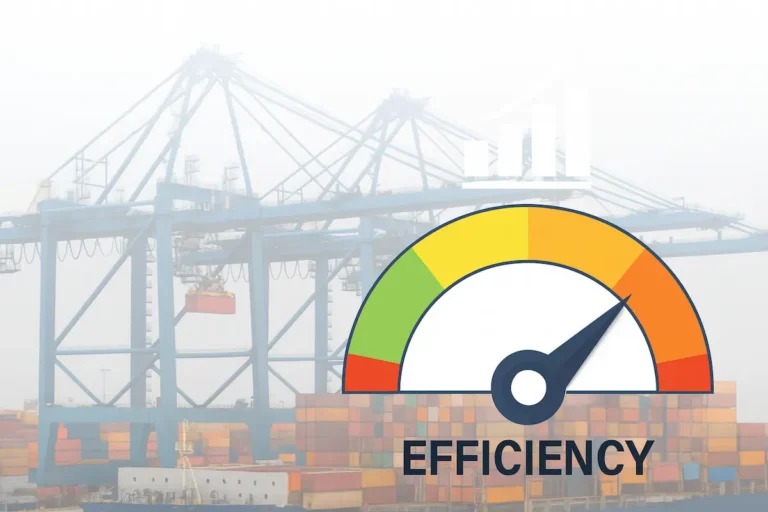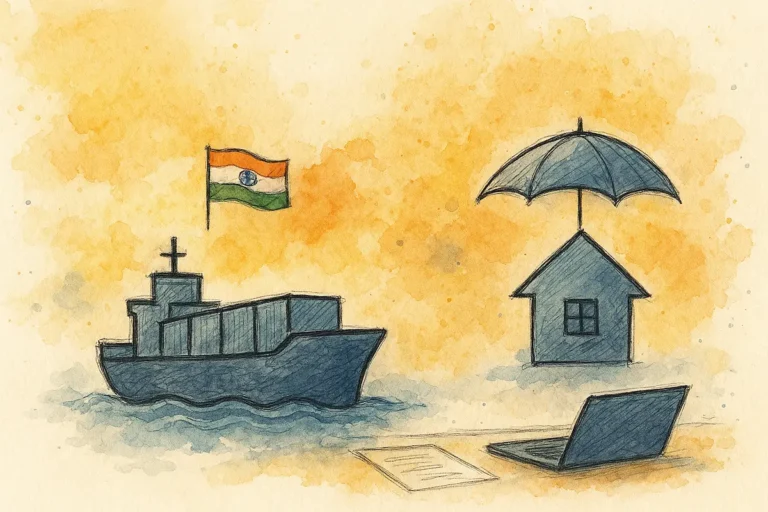Container ports are not just gateways to trade, they are stress points that reveal the health (or fragility) of global supply chains..
The Container Port Performance Index (CPPI) 2020–2024, produced by the World Bank and S&P Global, shows how ports responded to an unprecedented five years of shocks: the pandemic, the Red Sea crisis, and climate-driven constraints at the Panama Canal..
The data from 403 ports, 175,000 vessel calls, and 247 million container moves tells a clear story.. Efficiency is not only about geography or size; it is about resilience, investment, and adaptability..
Global takeaways
- 2020 started strong, but COVID-19 disruptions set the stage for volatility
- 2021–2022 marked the lowest performance levels, with North America’s West Coast among the worst hit
- 2023 saw a rebound, particularly in South Asia and East Asia
- 2024 dipped again—not due to demand but because of geopolitical (Red Sea diversions) and climate-related (Panama Canal water shortages) disruptions
The CPPI confirms that port performance trends mirror global shocks and recoveries: congestion, freight rates, and vessel delays all translate into shifts in the index
Ports that have done well
- Posorja, Ecuador: +72.8 points since 2020, now Latin America’s best performer. Purpose-built deep-water design and DP World investment underpin this rise..
- Gothenburg, Sweden: +71.2 points, proving that European resilience is not limited to mega-hubs..
- Port Said, Egypt: Now ranked 3rd globally, backed by expansion of the Suez Canal Container Terminal and digital port systems..
- Dakar, Senegal: From -82 (2023) to +23 (2024), the highest-ranked Sub-Saharan African port, thanks to crane upgrades, customs digitalisation, and new connectivity..
- Jawaharlal Nehru, India: Significant improvement with new PSA-operated capacity, cutting vessel turnaround..
Ports under pressure
- Cape Town, South Africa: Declined sharply in recent years, though showing a short-term rebound in 2024. Waiting times at anchor remain the Achilles’ heel..
- Coega/Ngqura, South Africa: A similar story of volatility, dragged down by congestion and weak hinterland links..
- Middle East and North Africa ports: Once leaders in 2020, now set back by the Red Sea crisis..
- North America West Coast ports: Recorded the lowest CPPI scores globally in 2022, exposing structural inefficiencies..
Regional comparisons
- China and East Asia
China dominates the top 20, with Yangshan, Fuzhou, Dalian, Ningbo, Guangzhou, Chiwan, Tianjin, Xiamen, and Yantian all ranking high.. Yangshan leads globally with a CPPI of 146.3.. Investments in automation, 24/7 operations, and scale have cemented East Asia’s resilience.. - Intra-Asia & Southeast Asia
Ports like Cai Mep (Vietnam) and Tanjung Pelepas (Malaysia) remain strong regional players, proving that mid-sized export hubs can compete with mega-hubs.. - South Asia
A clear recovery leader – Jawaharlal Nehru and Mundra (India) improved dramatically.. South Asia was the only region to exceed 2020 performance in 2023 before Red Sea disruptions dented 2024 scores.. - Middle East
Port Said (Egypt), Hamad (Qatar), and Salalah (Oman) are regional standouts, but the Red Sea crisis has reversed earlier leadership.. - Europe
Mixed performance.. Algeciras (Spain) and Gothenburg (Sweden) shine, while North Europe averages remain flat.. Marseille and Le Havre (France), however, have clawed back ground after years of decline.. - North America
Despite stabilisation in 2023–24, North America continues to underperform.. Philadelphia and Oakland show isolated improvements, but systemic issues like labour, landside bottlenecks persist.. - South America
Posorja (Ecuador) and Buenaventura (Colombia) are clear winners.. However, reliance on river ports like Guayaquil still creates vulnerabilities.. - Africa
Still lags structurally, but bright spots emerge: Dakar (Senegal) has leapt ahead, while Durban and Cape Town (South Africa) continue to suffer from congestion, weak rail links, and weather-related delays..
What the CPPI tells us
The CPPI is more than a ranking, it is a diagnostic tool.. High performers share three traits:
- Political commitment to reform
- Partnerships with global terminal operators
- Investments in digitalisation and connectivity
Low performers, by contrast, often face structural bottlenecks, such as hinterland delays, poor governance, or over-reliance on vulnerable trade routes..
Final word
The CPPI 2020–2024 should make policymakers and industry leaders pause.. The lesson is not just that some ports handle ships faster; it is that resilience is earned through foresight, collaboration, and investment..
For shippers and carriers, the message is simple: port choice matters more than ever.. For governments, the CPPI is a wake-up call; stronger ports mean stronger economies..
At Shipping and Freight Resource, we will continue to track these shifts, spotlighting the ports that adapt, the regions that reform, and the systems that enable global trade to flow even in times of disruption..

